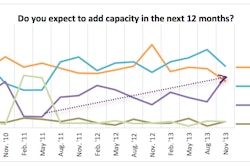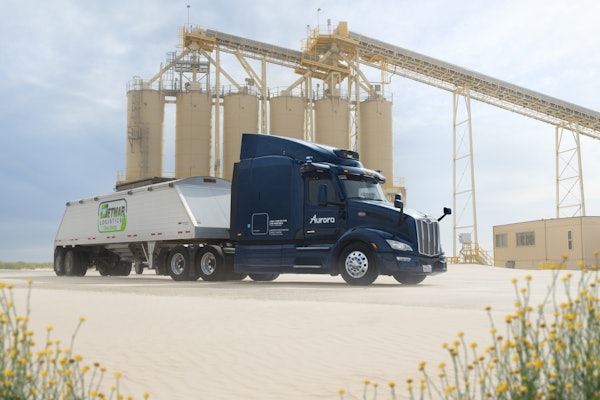 Analysts say that fleets that have not adopted electronic logging devices will be way behind when the coming rule takes effect.
Analysts say that fleets that have not adopted electronic logging devices will be way behind when the coming rule takes effect.It certainly isn’t a surprise that carrier worries over regulation makes the top-four list of concerns heading into 2014. The impact of the new hours-of-service rule that took effect in July already has yielded a 3 to 5 percent reduction in productivity by some estimates. Throw on top of that other recent regulations and rulemakings – including the Compliance Safety Accountability program – and carriers already are dragging productivity losses with them into this year.
New regulations on the horizon include speed limiters, a drug and alcohol clearinghouse for commercial driver’s license holders and escalating greenhouse gas emissions/fuel economy standards.
“Shippers want to see the savings, but you’ll be paying on the front end,” says Starks regarding GHG and fuel economy requirements. “Those benefits won’t be for free. You have to do cost-benefit analysis and convey to your customers why they aren’t seeing the benefit in the next five to 10 years.”
But one of the most immediate concerns to industry stakeholders is the electronic logging device mandate. As of now, the Federal Motor Carrier Safety Administration’s supplemental notice of proposed rulemaking on ELDs hasn’t been published. When it is, the rule could impact productivity significantly, as the mandate will require 100 percent implementation in the next few years.
Fleets that were early adopters of ELDs have recovered the lost utilization, as they’ve learned to better manage driver hours and truck productivity, and many fleets actually have surpassed the break-even point on a revenue-per-truck basis after the initial adoption hurdles.
“Certainly the first year of ELD adoption is a real challenge,” says Donald Broughton, managing director of economic analyst group Avondale Partners. “In the long run, it could be good for not only safety performance but for productivity as well.”
As for fleets that haven’t adopted ELDs yet, “They are not only behind the curve, but when it is mandated, they’ll be behind the 8-ball,” Broughton says. “Those that have already adopted them baby-stepped their way into it. When it’s mandated, fleets [implementing ELDs for the first time] may not be able to crawl before they walk. You may just have a drop-dead date, and the negative effects on productivity may be much more catastrophic.”
Mounting regulations have a two-fold impact on capacity, as they are becoming a bigger barrier to entry because of costs and are driving marginal trucking companies out of business altogether.
“In general, the winners are large fleets, and the losers are small- to medium-sized fleets because the ability to manage this is going to be very difficult, costly and time-consuming,” says Starks.














